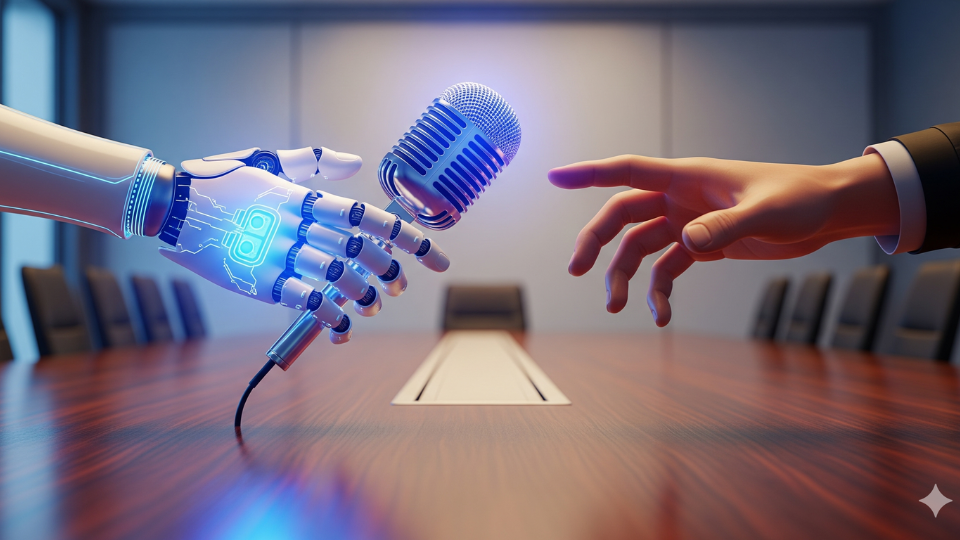The Critical Moment: When AI Should Pass the Mic to Humans

Every business is chasing the efficiency promised by AI, but focusing solely on automation misses a crucial point. The real art isn’t in automating everything; it’s in knowing exactly when to stop. Pushing AI beyond its capabilities can lead to frustrated customers, damaged relationships, and lost sales. The true measure of a smart AI strategy is its ability to recognize its limits and seamlessly hand off a conversation to a human. This handoff isn’t a failure of technology. It’s the moment where AI’s efficiency empowers human empathy and expertise to deliver a superior customer experience.
The Signals of a Human-Required Conversation
AI excels at handling routine, predictable tasks, but it struggles with nuance, emotion, and open-ended complexity. It can’t feel empathy or truly understand the frustration in a customer’s voice. Recognizing these signals is key. An AI system should be trained to identify a tipping point, a moment when the conversation moves from transactional to relational. For example, a customer’s tone of voice may change, their language might become more emotional, or they may ask a question that requires creative problem-solving rather than a scripted response. This shift is the AI’s cue to alert a human agent and prepare for a handoff.
The Trigger for the Hand-Off
A seamless transition from AI to human is critical. The AI shouldn’t just disconnect; it should prepare the human agent for the conversation. This means providing a complete summary of the interaction so far, including a transcript of the chat or call, any customer information gathered, and a clear reason for the handoff. This preparation allows the human to take over the conversation without making the customer repeat themselves, a common point of frustration. The handoff isn’t a break in service; it’s a strategic pivot. It demonstrates that the business values the customer’s time and is committed to resolving their issue effectively.
When Expertise is More Valuable than Automation
Some customer inquiries are too complex for even the most advanced AI. These are the moments when human expertise is not just helpful but essential. Think of a customer with a complicated billing issue, a nuanced legal question, or a request for a custom solution. These situations require judgment, creative thinking, and the ability to navigate gray areas. An AI that recognizes it can’t provide a definitive answer and correctly routes the customer to the right expert saves the customer from a frustrating loop of irrelevant information. It’s an investment in your company’s credibility and a powerful signal that you’re prepared to handle the most difficult challenges.
The Call for Empathy and Problem Solving
AI systems can mimic human conversation, but they can’t truly feel or demonstrate empathy. When a customer is upset, distressed, or simply needs to be heard, a human touch is indispensable. An AI should be trained to detect frustration or emotional language and trigger a handoff to a human agent who can offer a listening ear and a compassionate response. This human-to-human connection builds lasting trust and loyalty. It shows that your business isn’t just about efficiency; it’s also about caring for its customers. This ability to combine technological efficiency with human-centric service is what differentiates a good business from a great one.
The Collaborative Future of Customer Service
The best AI and human collaboration models don’t view AI as a replacement for people, but as a powerful partner. AI handles the volume and the rote tasks, allowing humans to focus on high-value, high-empathy interactions. This dynamic creates a more efficient and effective workflow, leading to happier employees and more satisfied customers. The human team, no longer bogged down by repetitive inquiries, can dedicate their energy to solving complex problems and building strong relationships. The AI’s ability to seamlessly hand off the mic to a human at the critical moment is a testament to this partnership, proving that the greatest strength of automation is its ability to elevate our own human capabilities.
Is your business strategy ready to embrace the critical moment of the handoff?

































































